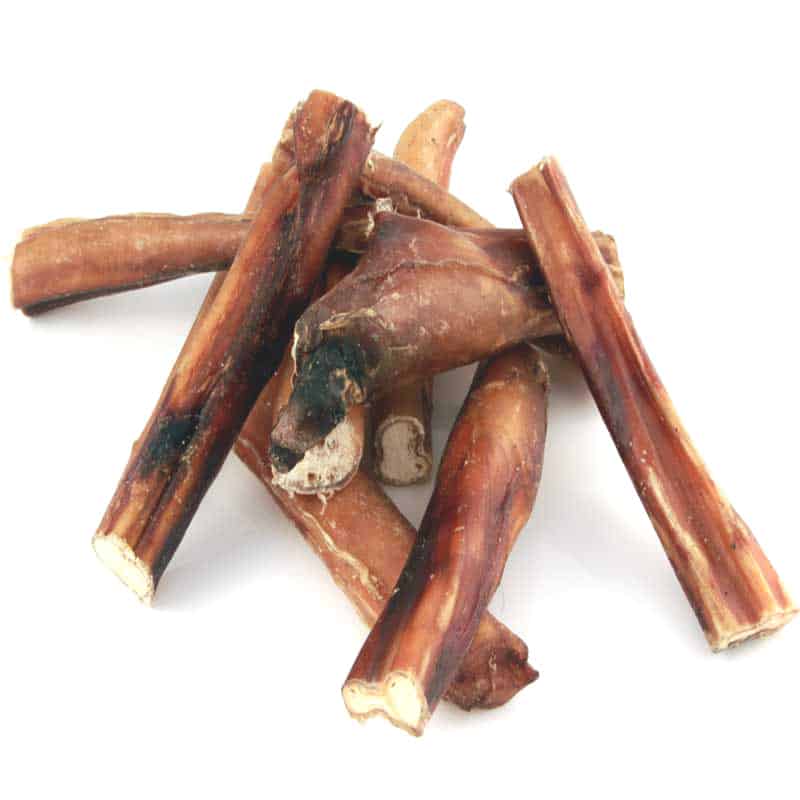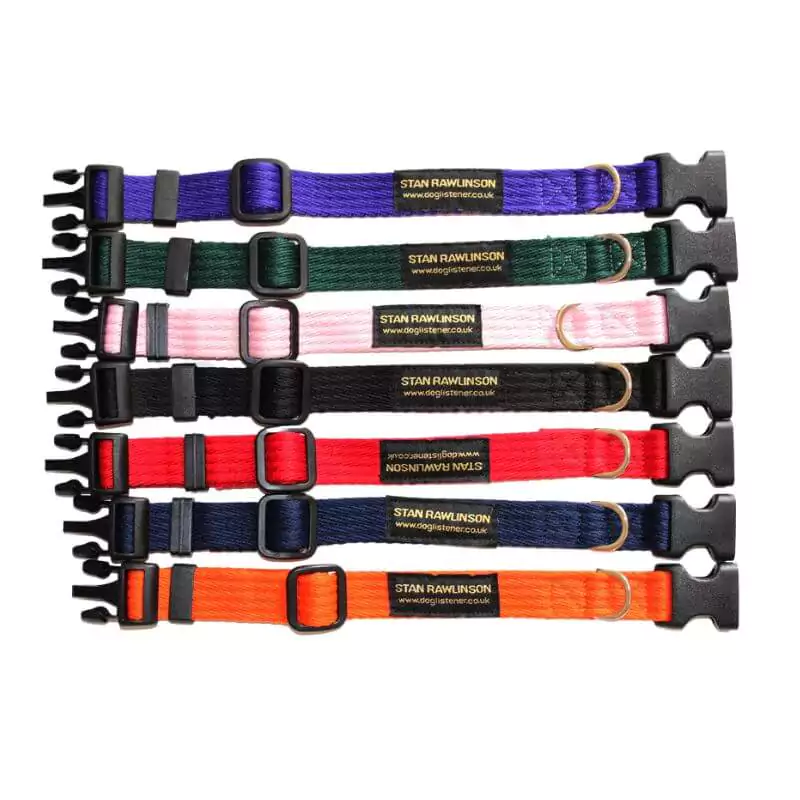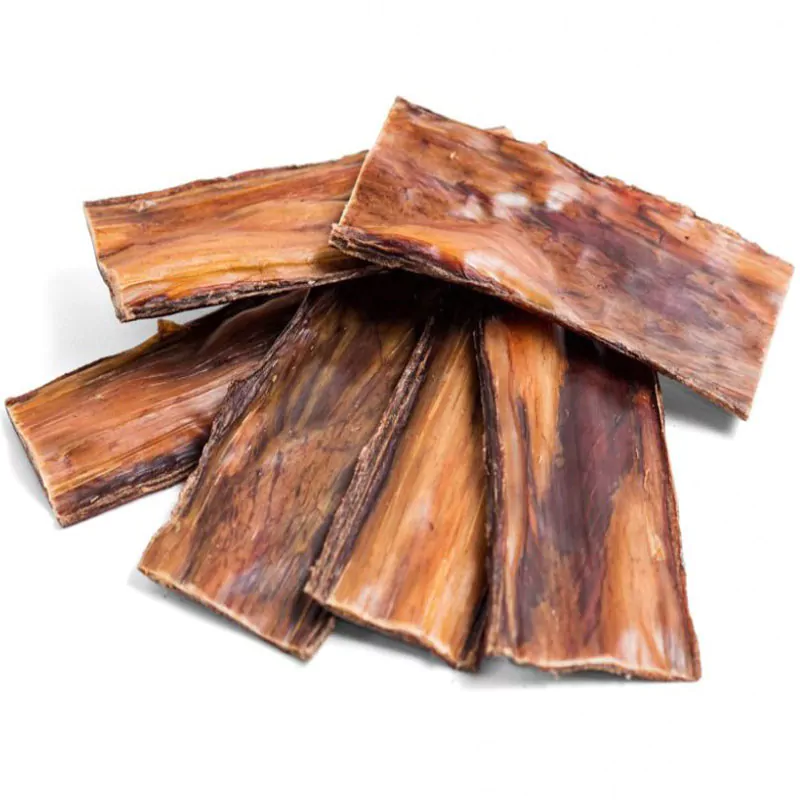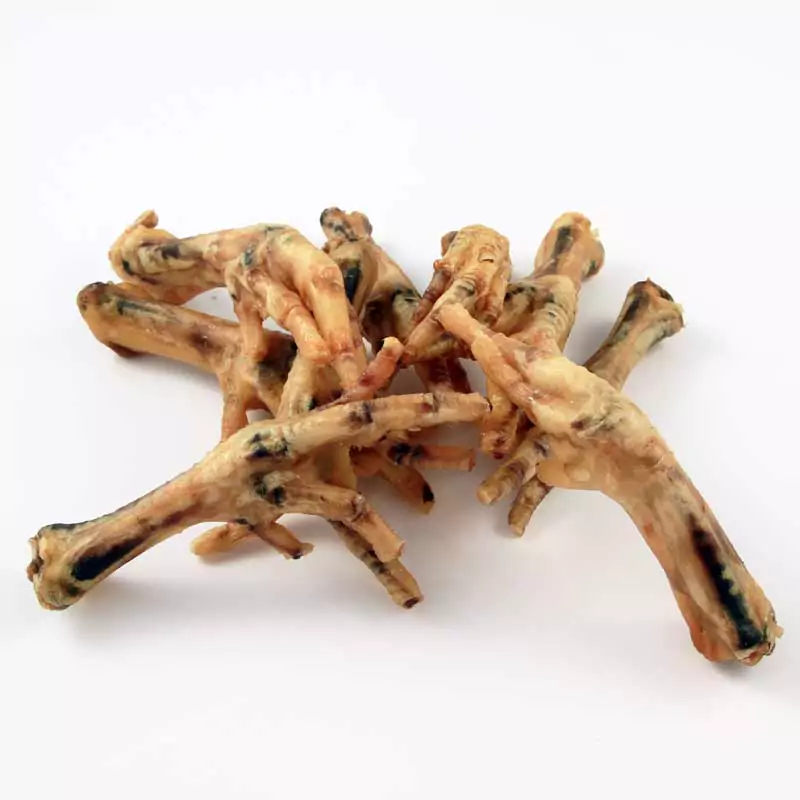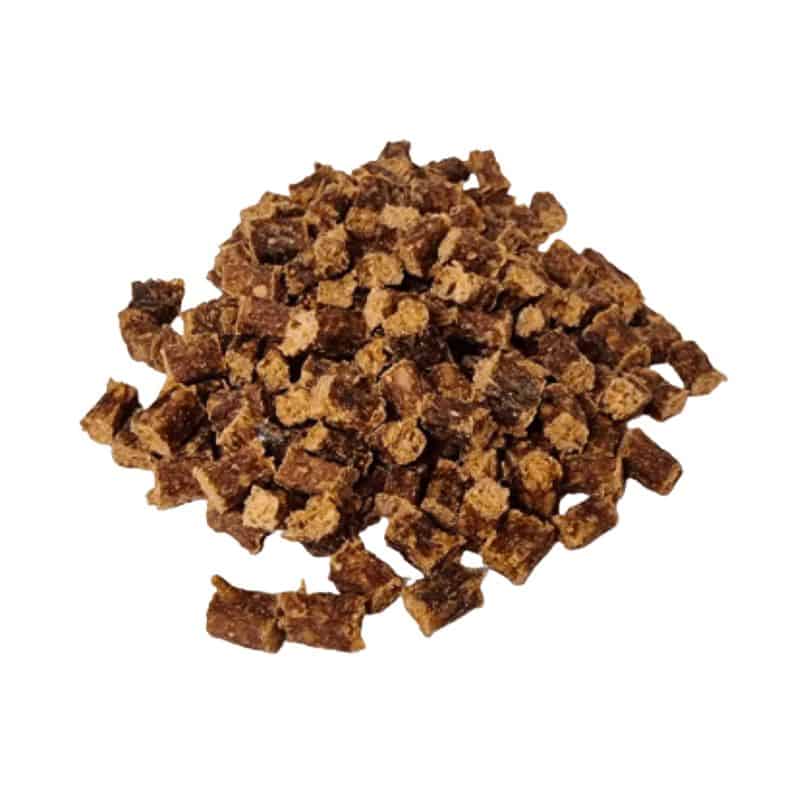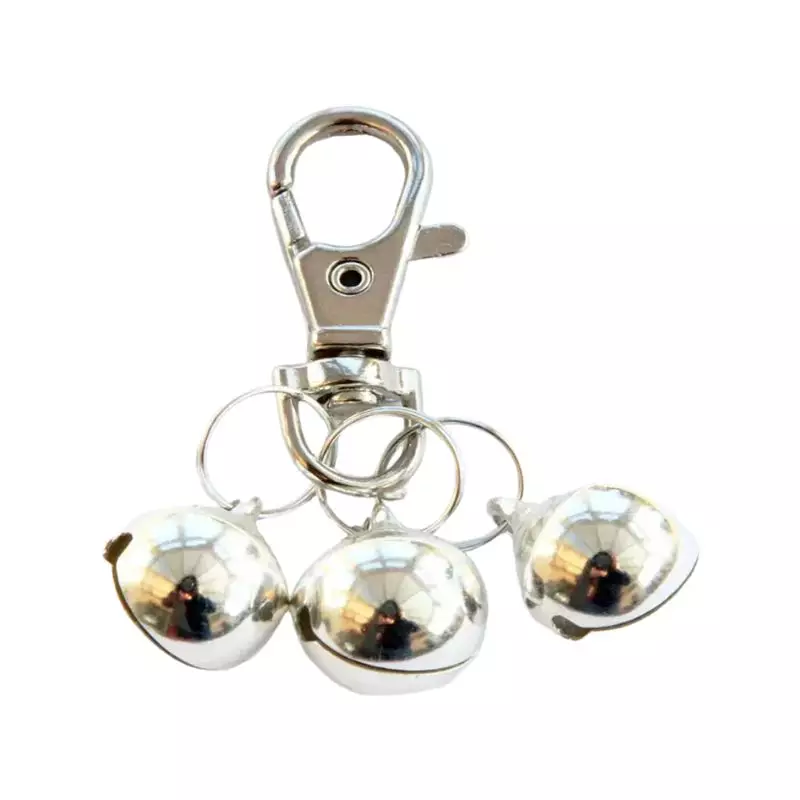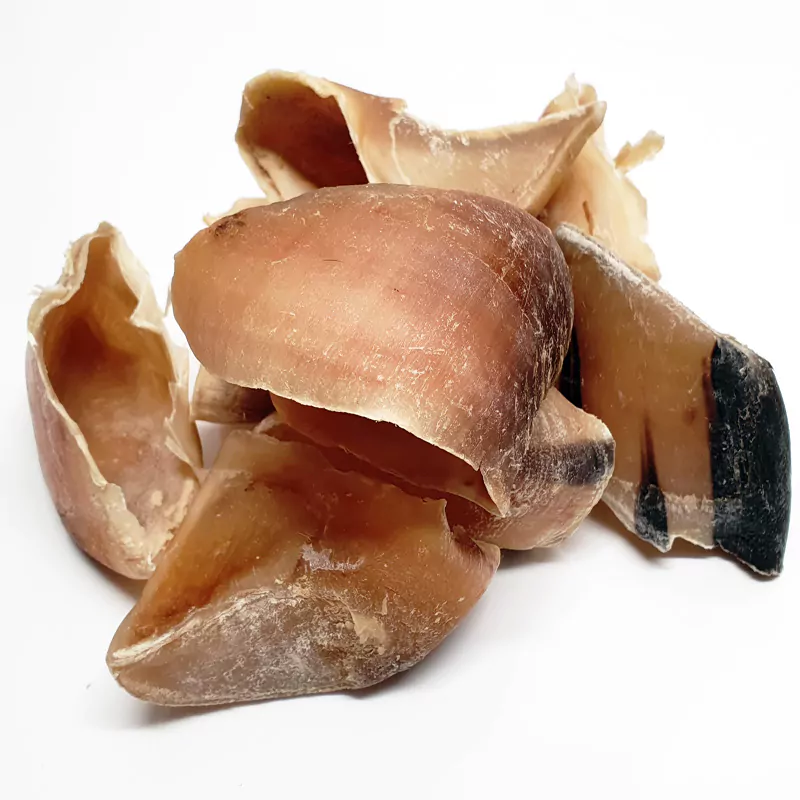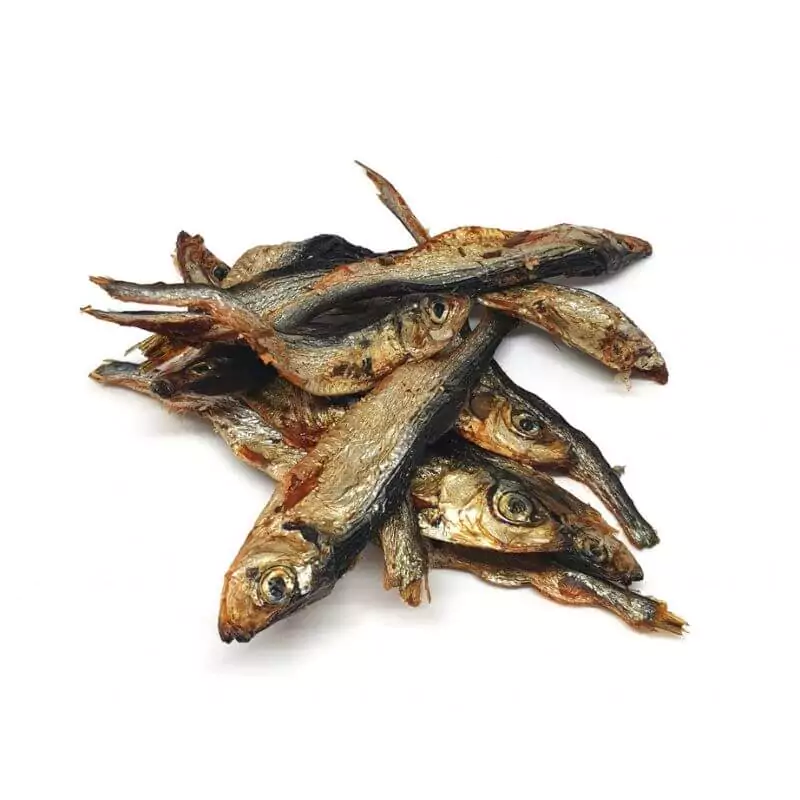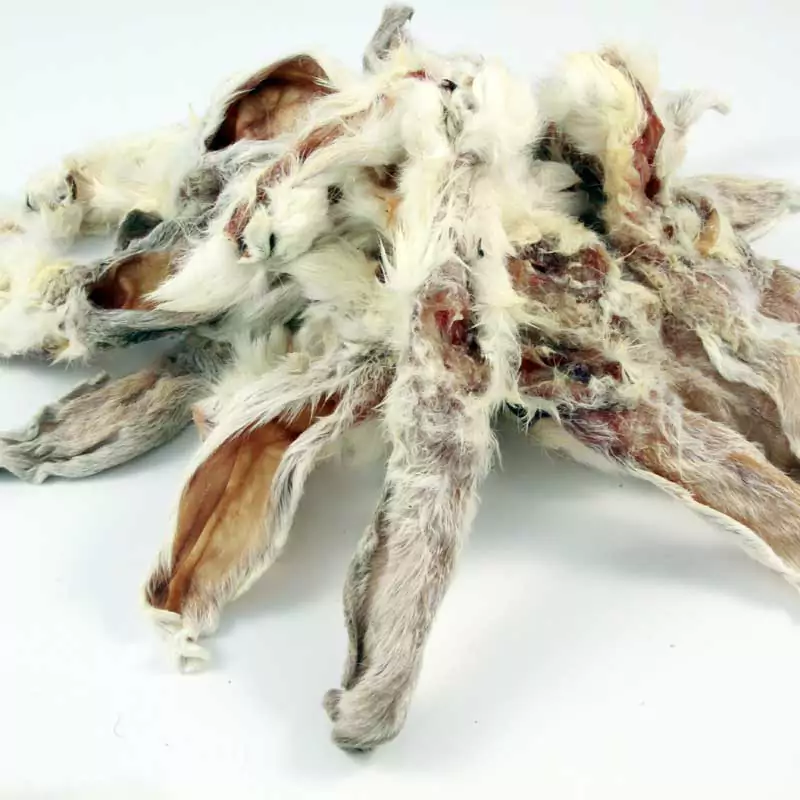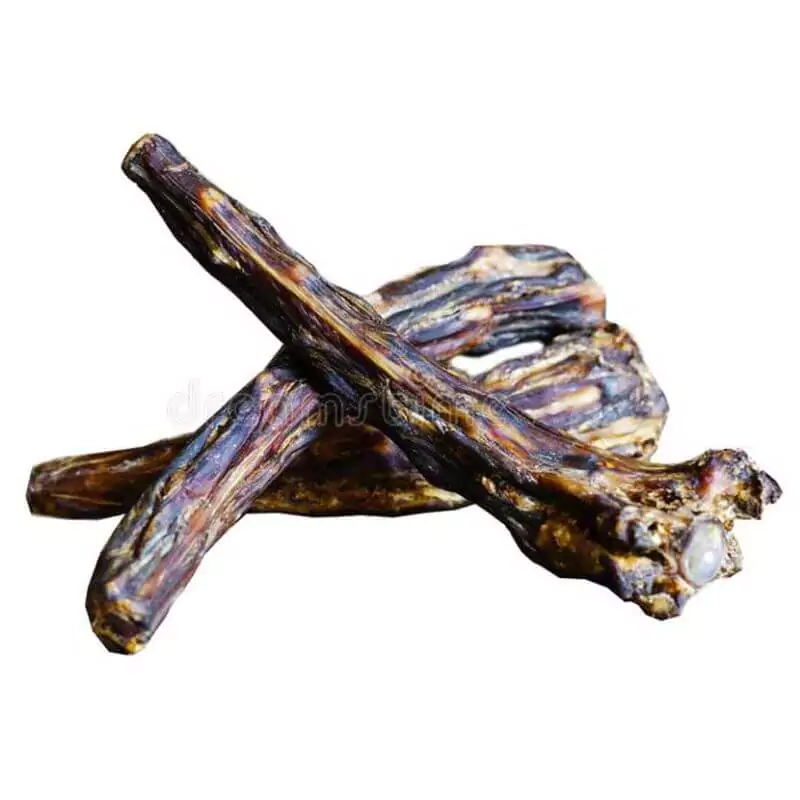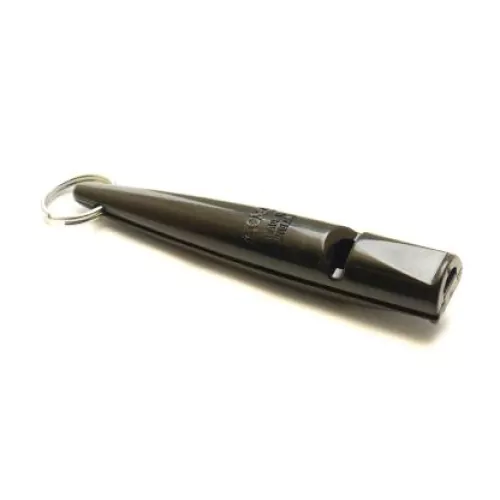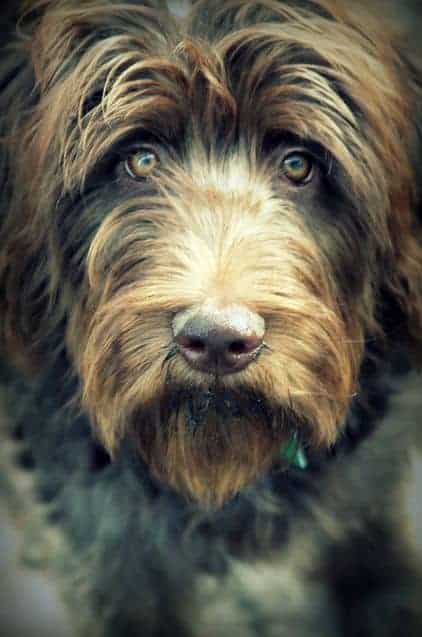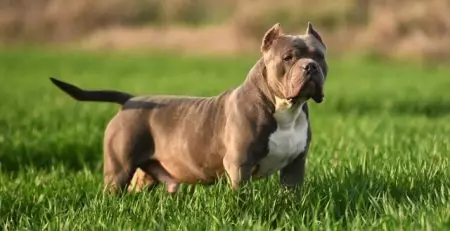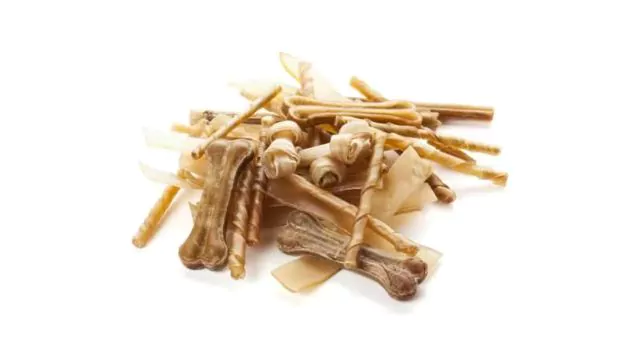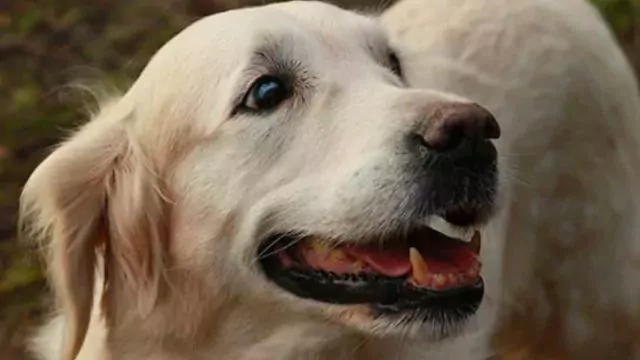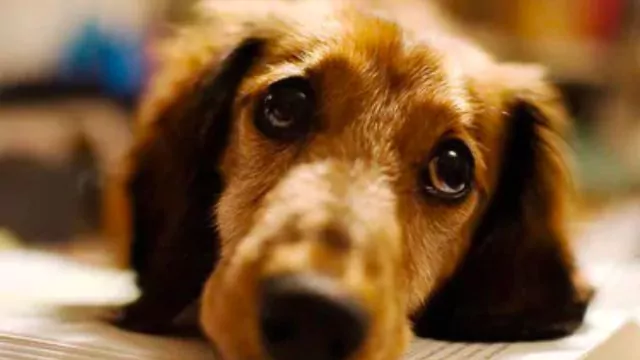The Dogs Nose and Sense of Smell
The Dogs Nose and Amazing Sense of Smell
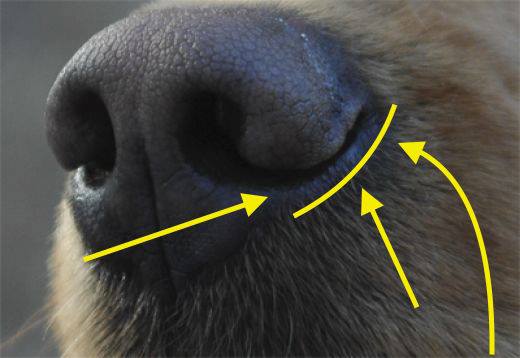
Dogs and Their Amazing Sense of Smell: A dog’s nose is a pretty impressive piece of natural engineering.
It does far more than just sniff out furry or feathered creatures and potential food sources.
Humans have about 6 million olfactory receptors against a massive 300 million for the top smelling dogs. The part of their brain that interprets these smells is also 40 times larger than ours.
Dogs Inhale and Exhale at The Same Time: That is what those slits are for on either side of the nose. I am not sure if all that many people have actually noticed them before unless they are pointed out.
The slits are vitally important. When a dog exhales through his nose, the exhaled air is released through those slits and is siphoned off to the side, making sure it does not contaminate the heavily scented air coming straight up the nostrils. That means that exhaled air does not contaminate the signals the dog is receiving through the inhaled air.
The slits also allow the dog to retain scent particles even though released air is streaming over them creating a type of swirling turbulent vortex allowing interesting and important odours to be inhaled into the middle of each nostril.
When dogs inhale, a fold of tissue just inside their nostril helps to separate these two functions when air enters the nose it splits into two different chambers, one for olfaction and one for respiration
The slits also allow the nose to be far more mobile allowing flexibility humans do not have. They can widen their nostrils independently and their brain tells them which nostril the interesting smell has penetrated.
That is the reason they weave back and forward when sniffing so they can isolate and locate the source of the smell that is most interesting, then track it down and check it out.
Dogs have something called neophilia which is a type of obsessive disorder, which means they are compulsively attracted to new and interesting scents and odours.
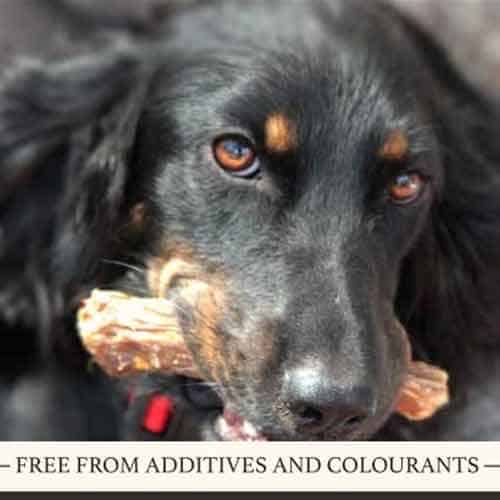
Dogs have only one-sixth the number of taste buds of humans which is why they can eat faeces and long-dead carcasses that would make us throw up.
So what makes something appetising to our dogs? Dogs can taste bitter, salty, sweet, and sour, however, smell matters far more than the way it tastes, in fact, they will not even taste it if the smell is wrong.
I am sometimes told that some of my own specialised brands of Doglistener air-dried dog treats can occasionally be a bit smelly. (1) Doglistener Totally Natural Air Dried Dog Treats.
That is the whole point, they are totally natural and they are for dogs, not people, Because they are 100% natural they smell natural and have a natural odour that the dogs will hopefully love,
Is Meat a Dogs Primal Food?: The answer may just surprise you. Fish is a dog’s real primal food. They lost their fear of man some 13000 + years ago this escalated when we moved from hunter-gatherer to hunter-farmer about 12,000 years ago. The development of agriculture changed the way humans lived. They switched from nomadic hunter-gatherer lifestyles to permanent settlements and farming. and dogs predated on our waste.
Our main source of food at that time was fish because we always set up settlements near rivers and the sea, which was fished constantly for protein. The dogs then predated on our leftovers, waste and faeces which of course were from the food we ate. See my article
Meat was eaten as well, though mammals were mainly hunted for their pelts to make clothes. Fish also has a strong and compelling smell and is the one ingredient that is truly hypoallergenic. as it rarely causes skin or bowel irritation. See my article on (2) The Origin and History of Dogs
Because of that, I also stock a range of dog and cat treats that are solely fish-based as well as the treats and products that are shown above. This is the range of fish treats I sell (3) Fish4dogs Dog and Cat Treats.
3D Nostrils: We see in 3D because our eyes create two separate images that the brain interprets and combines into an image giving our sight depth and clarity.
Dogs have the ability to smell in a kind of 3D scent picture as dogs can smell through each nostril independently and isolate inhaled and exhaled air.
The dog’s brain then uses the different odours from each nostril to determine exactly where the scent emanates from. The dog’s brain has therefore created a 3D olfactory image that is unerringly accurate.
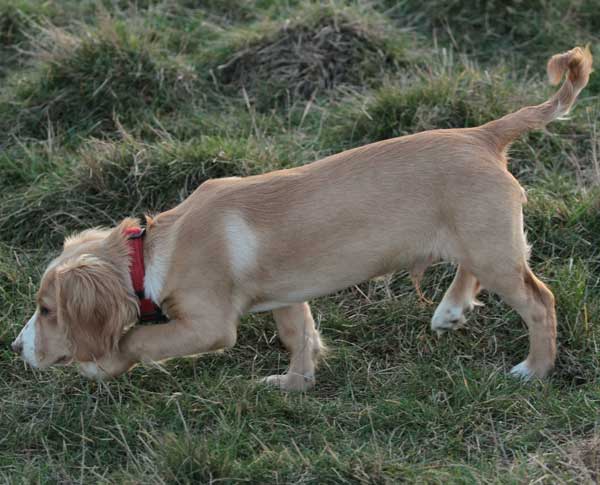
That is especially evident when scenting the urine and faeces of other dogs.
It is only recently that we have learned that checking out of pee and faeces gives an enormous amount of information about the dog that deposited it.
We used to think that only male dogs scent marked but that is actually untrue It is mainly intact males that overmark or pee right over another dog’s scent but not always.
Females do it as well. In fact, I have a lovely placid female that half lifts her leg to mark nearby but not right on top. I also have a male dog that defecates on top of tree stumps and large mounds to put it in a higher position.
Dogs do not just mark with urine they mark with faeces as well, and they give off clear messages. They are called scats and the art of marking with faeces started with Wolves.
Unfamiliar dogs that have marked get far more attention than familiar and known dogs, as dogs have a scent memory from the time they are born. It is not really surprising with unfamiliar scents, if a stranger comes to your door you will be more wary and alert than if a well-known friend, neighbour, or relative turned up. Dogs with low self-esteem tend not to over mark and some dogs will not defecate or urinate outside of their own property or garden.
That is because they are not confident enough to leave their mark. This is normally a sign of a dog that was not socialised with other puppies and adult dogs in the critical first 16 weeks of their life, called the (4) Canine Socialisation Period.
So what does a Pmail tell the dog? First of all, it can tell the sex of the dogs that have marked in that spot, whether they are intact or neutered. It will also indicate age, health, stress levels, social status and whether it is a female or coming into or out of season, and how long ago the mark was made.
With a single sniff, dogs’ noses can create a visual image in their brains. Dogs emit amines and acids, and this is the basis for their incredible chemical communication skills with each other. These chemical aromas communicate what a dog’s sex is and what it eats and indicate its mood, what it likes to eat and much more,
By simply smelling, a dog can determine if a new dog is aggressive or friendly healthy or ill. Dogs get a general idea about each other with a quick sniff but get more detailed information by sniffing another dog’s private parts. When in a new area, a dog can sniff a tree or a lampost and from that quick sniff check what other dogs live in the neighbourhood. In their own home or outside they will sniff a trouser or skirt hem and form a mental picture of where that person lives and any pets or other humans that come in contact or live with them.
Can Dogs Taste Scent?: In the roof of the mouth just behind the dogs, two front teeth is a small lump called the incisive papilla, there is a small hole in it that leads to the vomeronasal organ more commonly known as the Jacobson’s organ.
The organ is stimulated by moisture-borne scent particles and has a vitally important function that is related to reproduction.
There is evidence it may also be involved in the detection of chemical signals related to fear, aggression, territorial behaviour and prey and predator detection.
The sensory cells of this organ communicate not with the olfactory bulbs and cortex, but with the accessory bulbs and the part of the brain that stimulates mating and other basic emotions.
The scenting nerve cells of the organ are quite different from those in normal olfactory tissue because they respond to a range of substances that have large molecules, but often no detectable odour.
If one of my male dogs meets a bitch in heat then the reaction is very different from normal scenting. My dog’s tongue often flicks out to collect pheromone droplets then the tongue is pushed rapidly against the roof of the mouth forcing the droplets into the Jacobson organ, with the teeth sometimes chattering with salivation and sometimes foam on the lips and salivation.
To put a dog’s sense of smell into some sort of perspective related to let’s say human eyesight. What we can see at a quarter of a mile on a clear day a dog would be able to see with just as much clarity over 3000 miles If dogs had the same ability with their eyes that they have with their nose
Dogs sense of smell can be utilised for cancer detection, seizure alert dogs, and drug-sniffing to those that are able to detect long-buried bodies. They can detect some odours in parts per trillion. What does that mean? Well, Alexandra Horowitz, a dog-cognition researcher at Barnard College, wrote that while we might notice that our coffee has had a teaspoon of sugar in it, a dog could detect a teaspoon of sugar in a million gallons of water, or two Olympic-sized swimming pools. Another scientist likened their ability to catching a whiff of one rotten apple in two million barrels.
Dogs live in a virtual parallel universe to man, their senses in some instances are outside our ability to fully comprehend. What they perceive and more importantly smell on a day to day basis allows them to inhabit a world that we can only barely perceive. Humans would be classed as superhuman if they had the same scenting ability as dogs. We are still learning about their fabulous ability to create mental pictures from scent particles. It will be many more years before w can truly understand and harness those fantastic abilities.
Stan Rawlinson
17th May 2019 Updated 2020
(1) Doglistener Totally Natural Air Dried Dog Treats
(2) The Origin and History of Dogs



